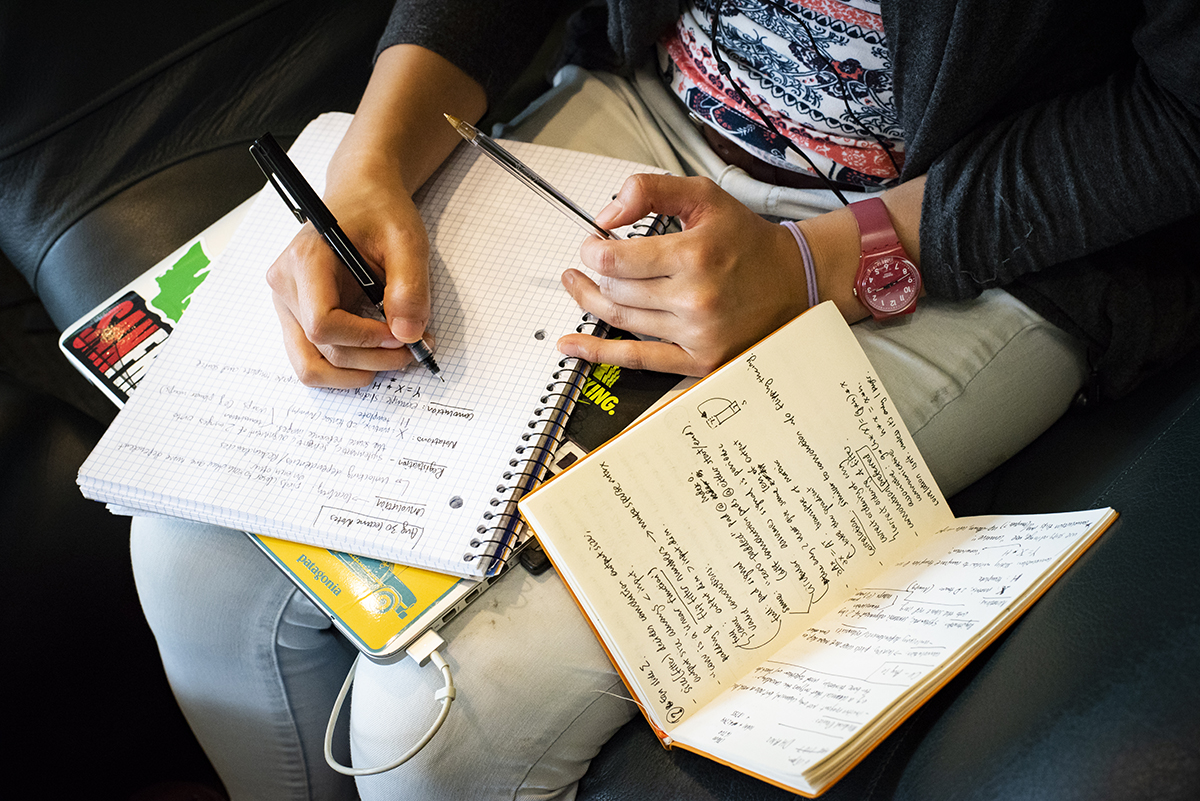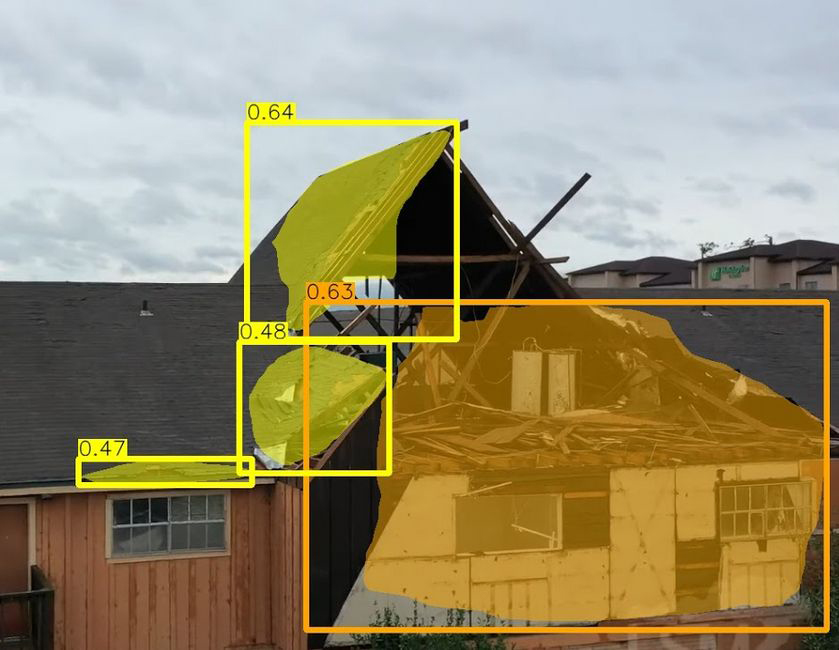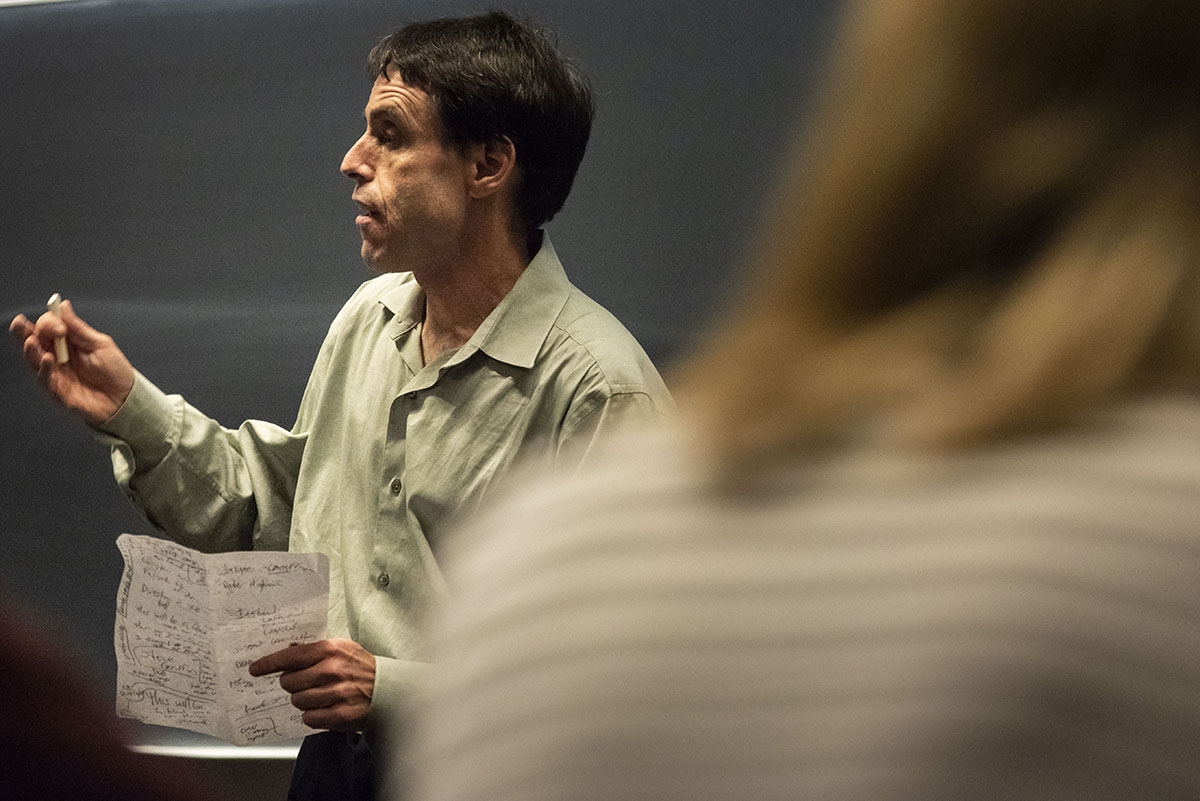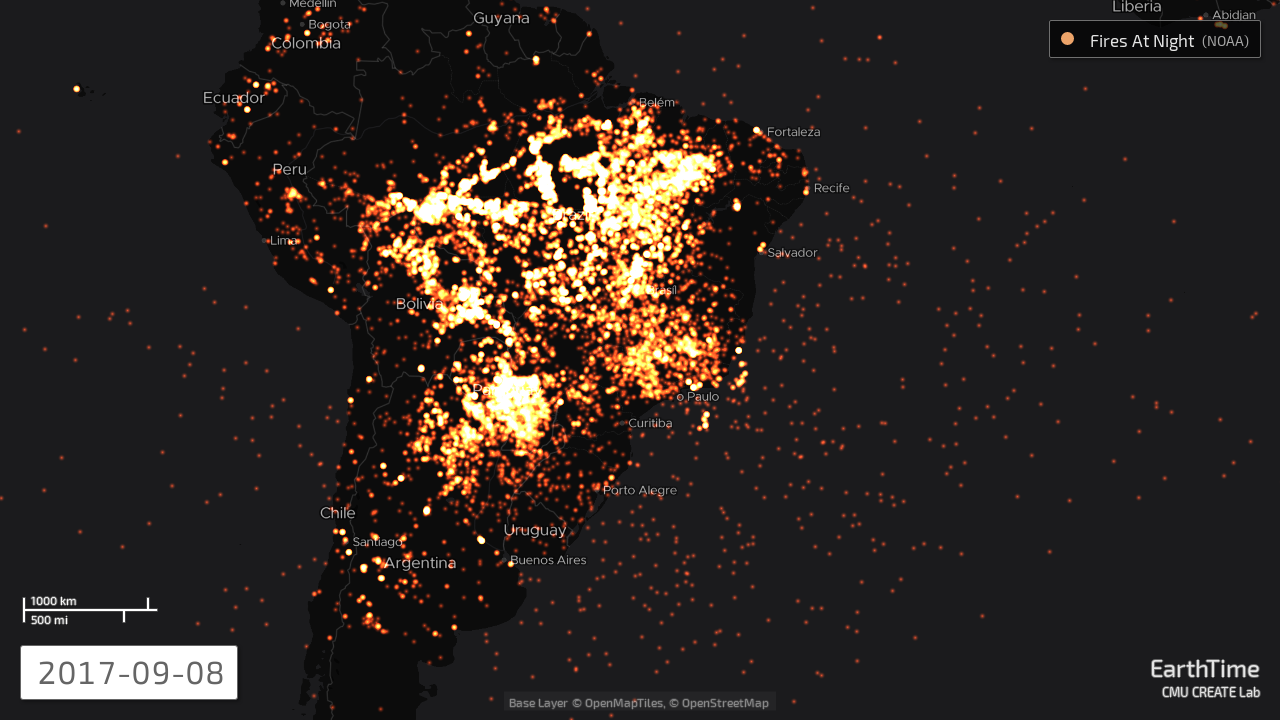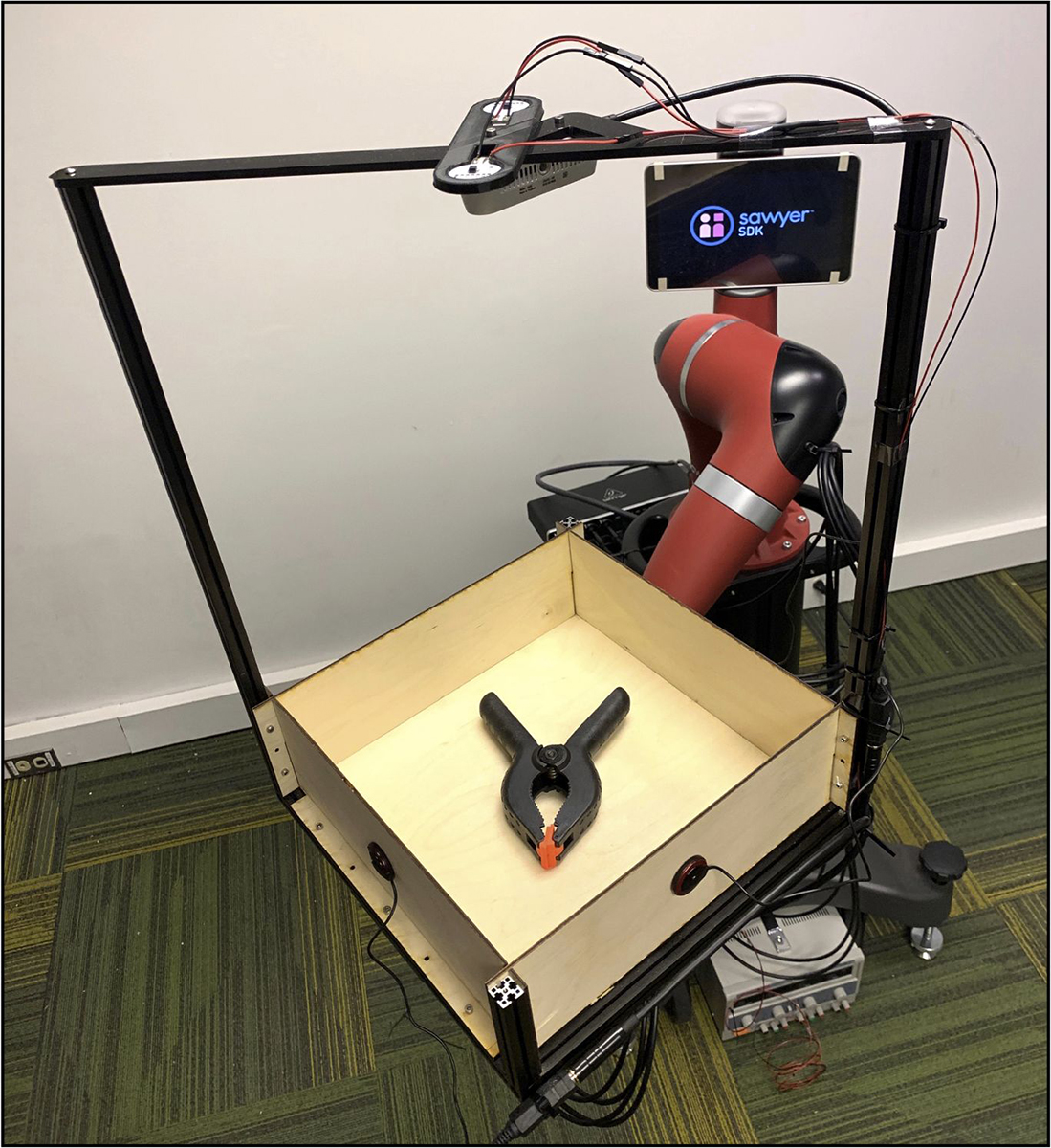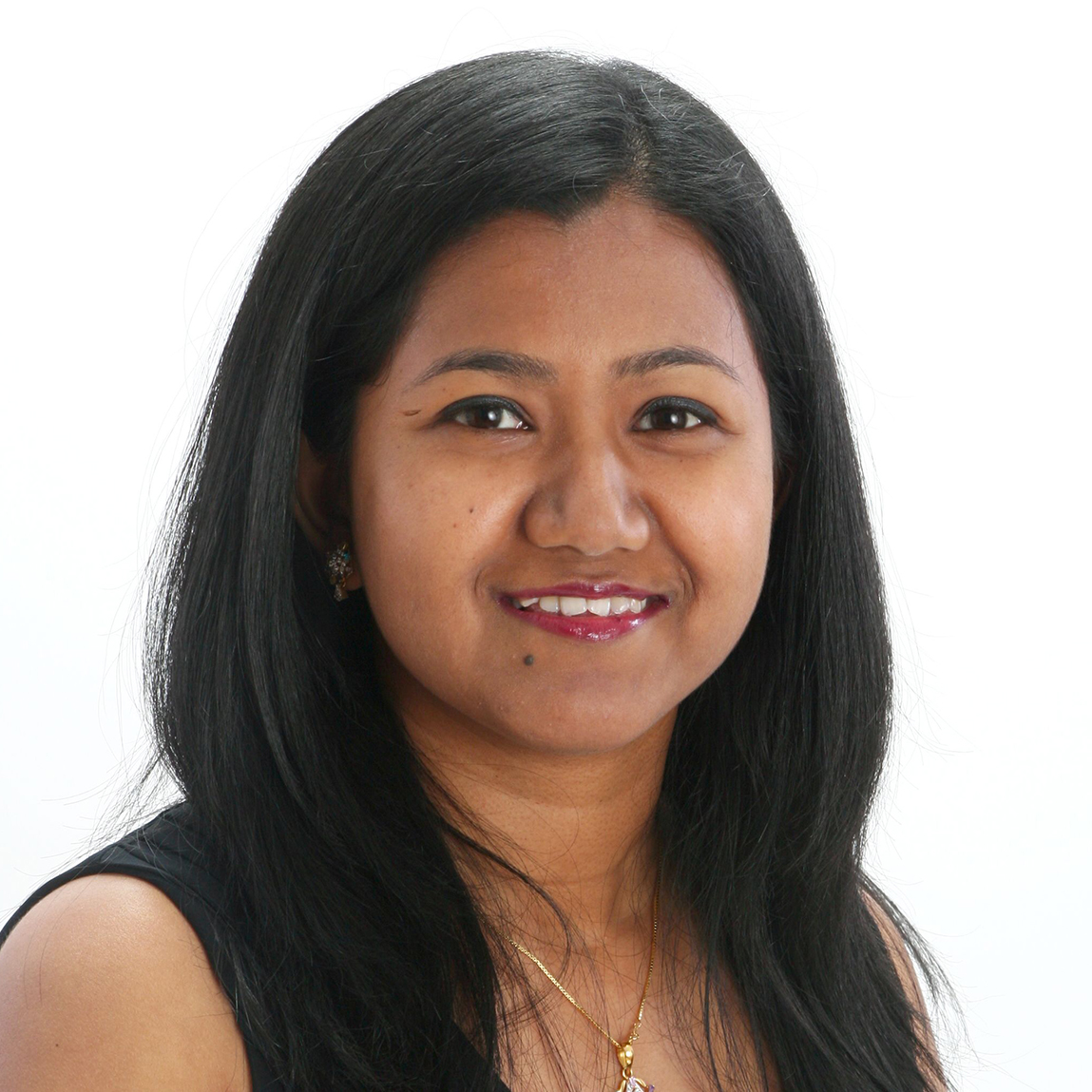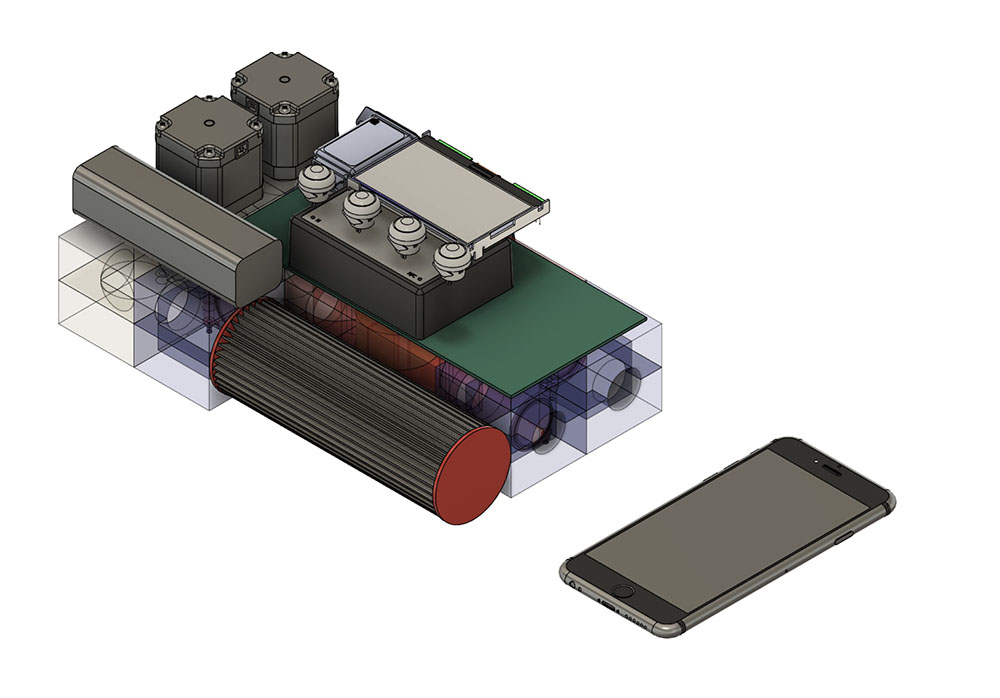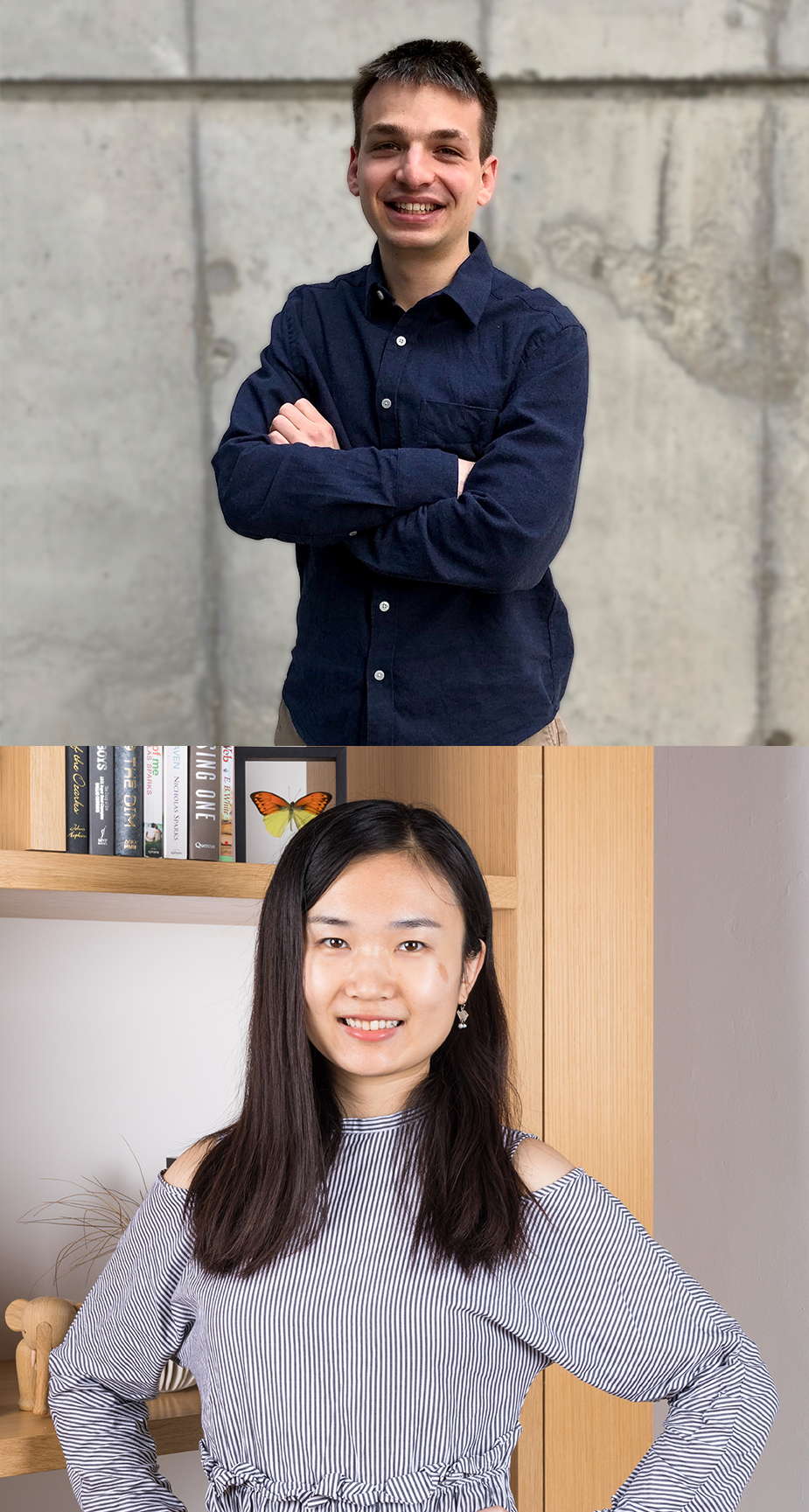School of Computer Science Launches Educational Equity Office with $3 Million Grant
There's no question that the world needs more computer scientists. But how do universities reach students early enough to spark interest in the field? How do they encourage a broad swath of students who may be underrepresented in computer science or whose lack of resources put pursuit of the subject out of their reach? And, more urgently, how do they do this amid a global pandemic? A three-year, $3 million grant from the Hopper-Dean Foundation will allow Carnegie Mellon University to tackle those big problems through the creation of the Carnegie Mellon Computer Science Pathways program. Dedicated to diversity, inclusion and equity, the office will support students who are underrepresented, underresourced or both. "This work has been happening here for years, but now we're institutionally committing to it thanks to the generosity of Hopper-Dean," said Ashley Williams Patton, director of the new office, which focuses on giving high school students access to computer science. Patton said that in the era of COVID-19, that means transitioning away from some traditional programming and creating an emergency response plan. "We're working on the digital divide and infrastructure issues to provide more equitable access to technology," Patton said. For instance, CS Pathways recently helped provided WiFi to students learning remotely in Coraopolis, Pennsylvania, through a partnership with Meta Mesh Wireless Communities.

